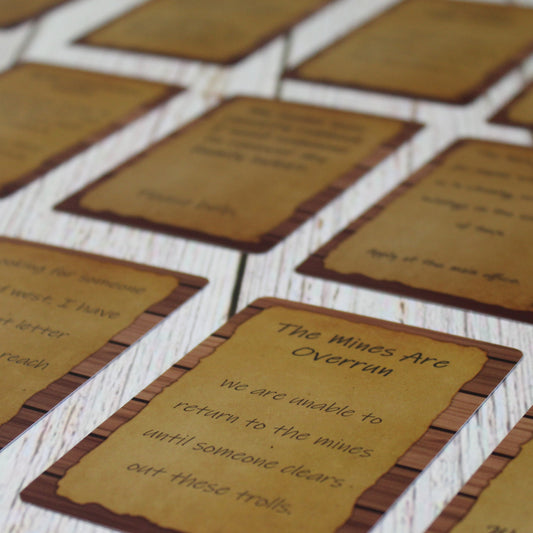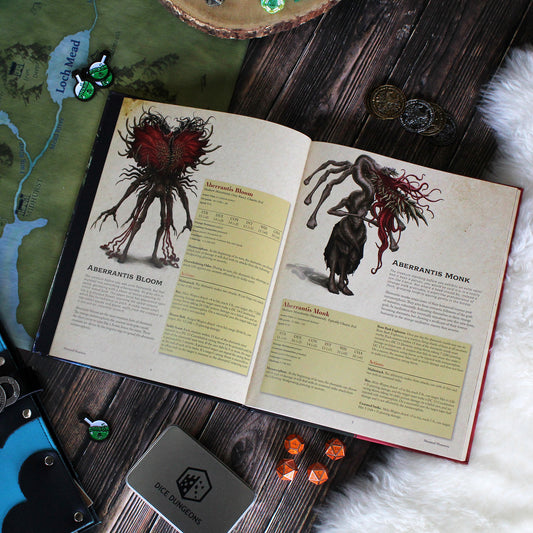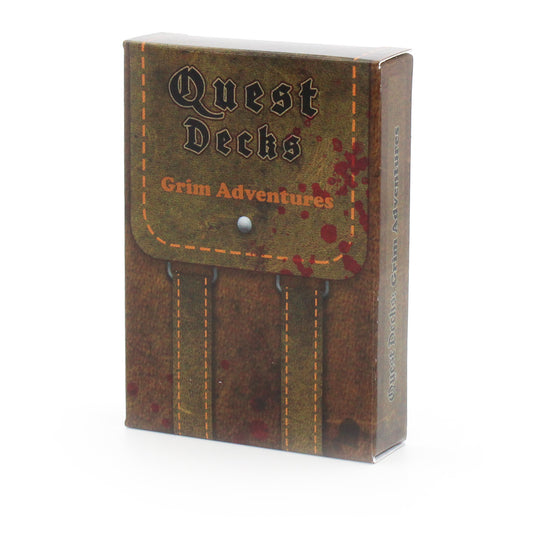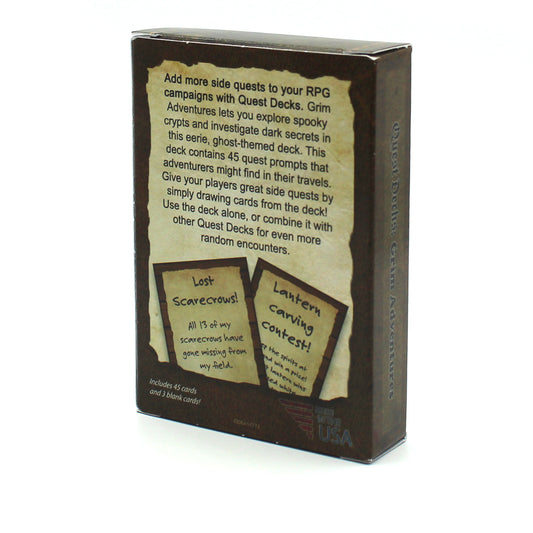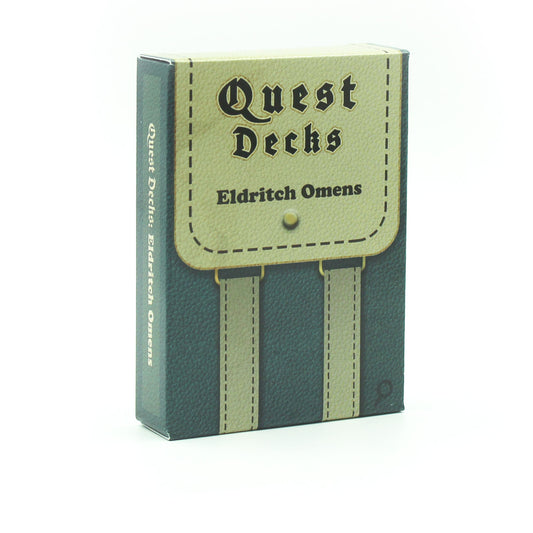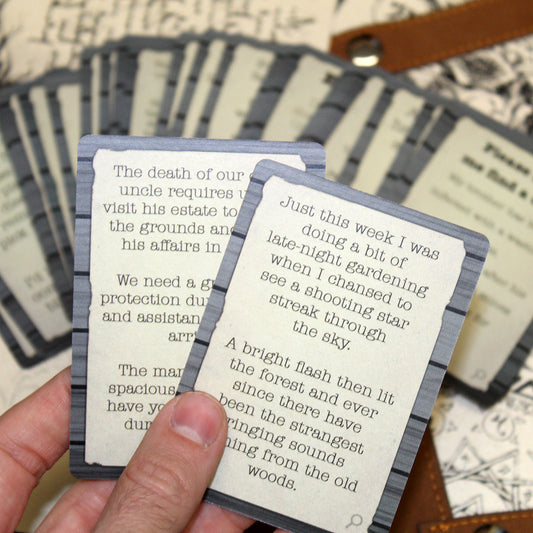Movement is a fundamental aspect of Dungeons and Dragons, and it's essential to understand the rules that govern it. But did you know that there are some lesser-known rules that can help you break the mold and create exciting gameplay? In this post, we'll dive into some of the less obvious movement rules that can add depth and excitement to your game.
Breaking Up Your Move: Get Tactical with Your Movement
The first rule we'll explore is breaking up your movement. As the name implies, this means you can break up your movement on your turn, using some of your speed before and after your action. For example, if you have a speed of 30 feet, you can move 10 feet, take your action, and then move 20 feet. This rule allows you to get more tactical with your movement, allowing you to position yourself more strategically on the battlefield.
For example, let's say you want to cast Ray of Frost on an enemy. You currently have cover, but it is just out of range of your target. You can move forward 10ft, cast Ray of Frost, and then return to safety with your remaining movement.
Moving Between Attacks: Become a Mobile Warrior
The second rule is moving between attacks. If you take an action that includes more than one weapon attack, you can break up your movement even further by moving between those attacks. For example, a fighter who can make two attacks with the Extra Attack feature and who has a speed of 25 feet could move 10 feet, make an attack, move 15 feet, and then attack again. This rule allows you to become a mobile warrior, darting in and out of combat to strike your enemies from unexpected angles. Just remember that moving out of the reach of your first opponent may open you up to an opportunity attack.
Using Different Speeds: Combine Your Movement for Maximum Impact
The third and final rule we'll explore is using different speeds. If you have more than one speed, such as your walking speed and a flying speed, you can switch back and forth between your speeds during your move. Whenever you switch, subtract the distance you've already moved from the new speed. The result determines how much farther you can move. If the result is 0 or less, you can't use the new speed during the current move. This rule allows you to combine your movement for maximum impact, using your different speeds to get where you need to go as efficiently as possible.
This section of the rules may seem straightforward, but it actually clears up a specific situation that has caused confusion in the past. Recently, during a game at the office, one of our players cast the fly spell on themselves after using up their 30 feet of movement on the ground. We were unsure if they could use the remaining flight movement or not. This led to a discussion and some research, but with the clarification of these rules, we were able to resolve the issue and continue with the game.

Mastering Movement
By mastering these lesser-known movement rules, you can create gameplay that goes beyond the basics. These rules allow you to become more tactical, more mobile, and more efficient, giving you an edge in combat and allowing you to explore the battlefield in new and exciting ways. So the next time you're playing Dungeons and Dragons, remember to explore the space and take your movement to the next level.
====
Ready to take your game to the next level? Check out our selection of dice sets, miniatures, and other gaming accessories on our website. With high-quality products and unbeatable prices, Dice Dungeons has everything you need to make your game unforgettable.




